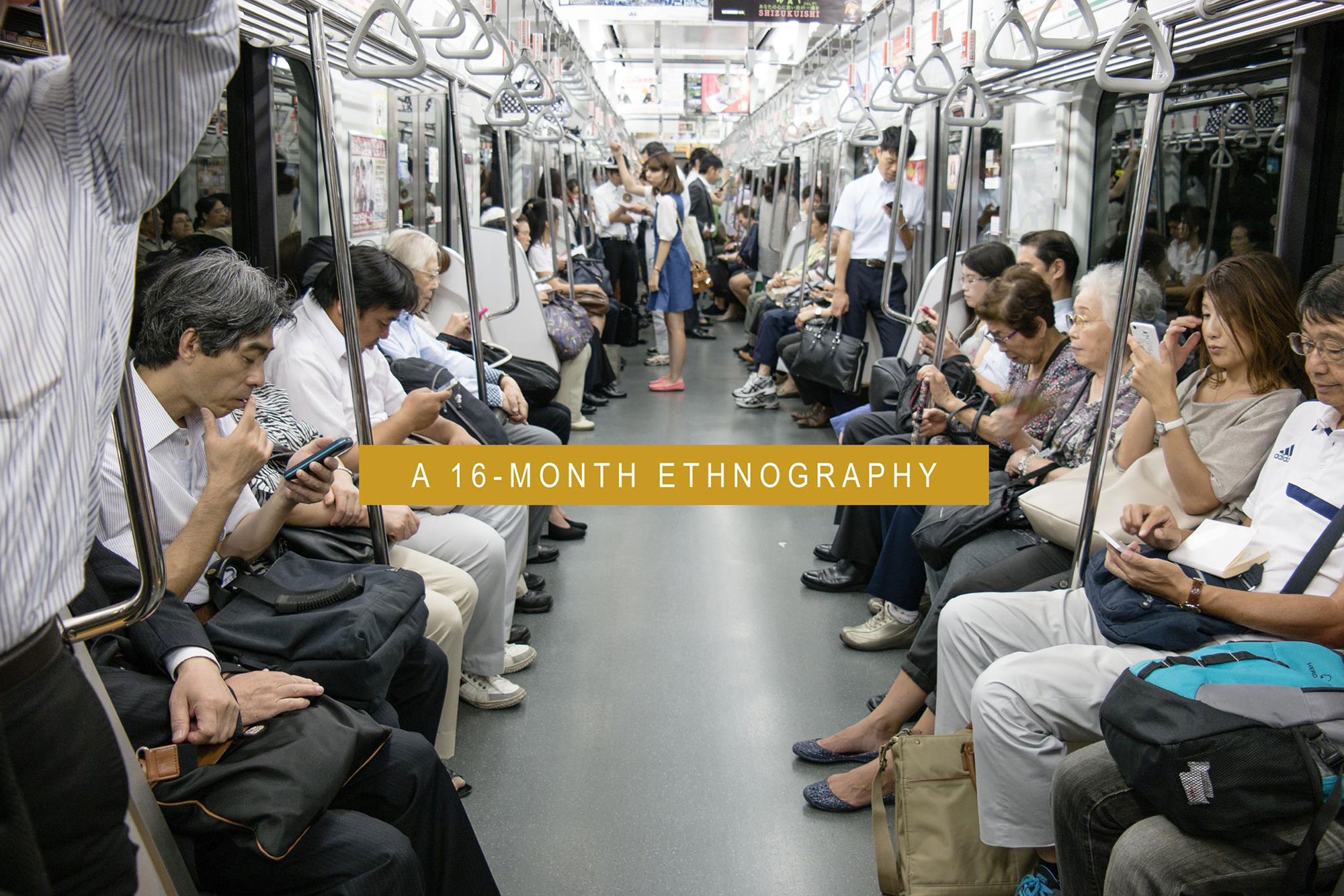Big Data needs Thick Data

In the wake of Big Data, ethnographers can offer thick data, says Tricia Wang. In the face of the derisive mention of “anecdotesâ€, we ought to stand up to defend the value of stories.
“Lacking the conceptual words to quickly position the value of ethnographic work in the context of Big Data, I have begun, over the last year, to employ the term Thick Data to advocate for integrative approaches to research. Thick Data uncovers the meaning behind Big Data visualization and analysis.
Thick Data analysis primarily relies on human brain power to process a small “N†while big data analysis requires computational power (of course with humans writing the algorithms) to process a large “Nâ€. Big Data reveals insights with a particular range of data points, while Thick Data reveals the social context of and connections between data points. Big Data delivers numbers; thick data delivers stories. Big data relies on machine learning; thick data relies on human learning. […]
Thick Data is the best method for mapping unknown territory. When organizations want to know what they do not already know, they need Thick Data because it gives something that Big Data explicitly does not—inspiration. The act of collecting and analyzing stories produces insights.
When organizations want to know what they do not already know, they need Thick Data because it gives something that Big Data explicitly does not—inspiration. The act of collecting and analyzing stories produces insights.
Stories can inspire organizations to figure out different ways to get to the destination—the insight. If you were going to drive, Thick Data is going to inspire you to teleport. Thick Data often reveals the unexpected. It will frustrate. It will surprise. But no matter what, it will inspire. Innovation needs to be in the company of imagination.”



